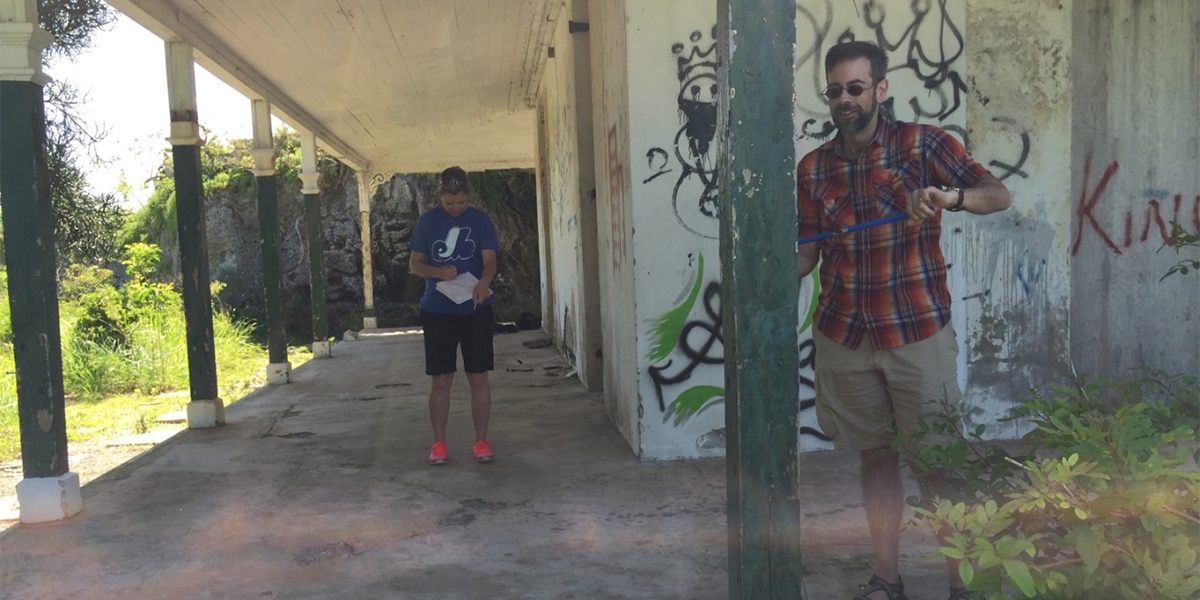Dr. Greer and Dr. Csank leading international team

Nipissing’s Dr. Kirsten Greer, assistant professor of history and geography and Dr. Adam Csank, assistant professor of geography, are overseeing an international research team working to better understand climate change and forest resource use in a historical context. Titled Empire, Trees, and Climate in the North Atlantic: Towards Critical Dendro-Provenancing, the project is funded by the Social Sciences and Humanities Research Council of Canada (SSHRC). It earned a $75,000 Insight Development grant from SSHRC. It began as a conversation between Dr. Greer and Dr. Csank about combining their approaches to reconstruct the historical climate of Atlantic Canada using the flow of British North American timbers to Bermuda in the early nineteenth century.
The team, led by Dr. Greer and Dr. Csank, is comprised of scholars from Penn State University, University of Bristol, University of Liverpool, and Memorial University. It brings together researchers from geography, marine archaeology and history to understand how the Atlantic “triangle” trade in timber can inform studies on climate. The team recently travelled to Bermuda to research the historical flow of British North American timbers.
The objectives of the research were to trace British North American Timbers to Bermuda, to create a tree chronology for the Bermuda cedar and to be critical when determining the precise geographic origin of the wood.
Colonial timbers were crucial as they sustained imperial defence, shipbuilding, and trade. Bermuda Cedar has been part of Bermuda’s national identity and has been linked to the island’s shipbuilding and cultural heritage.
The research team sampled a dozen historic buildings associated with the Royal Naval Dockyard and shipbuilding, and almost 40 shipwrecks in Bermuda’s waters. Team members digitized over 5,000 H.M. Customs records that show the trade of timbers from British North America to Bermuda from 1818-1850.
To create a tree chronology, Dr. Csank retrieved samples from live and dead trees from across the island. In Bermuda, he conducted fieldwork in cultural landscapes such as graveyards, manicured estates, public beaches, and bus stops.
Conducting the research required collaboration with a variety of different partners from Bermuda such as the National Museum of Bermuda and the Government of Bermuda’s Conservation Services. The project also involved new partnerships including the Citizens Uprooting Racism in Bermuda (CURB).
For more information about Dr. Greer and Dr. Csank’s Insight Development project, visit their blog.
